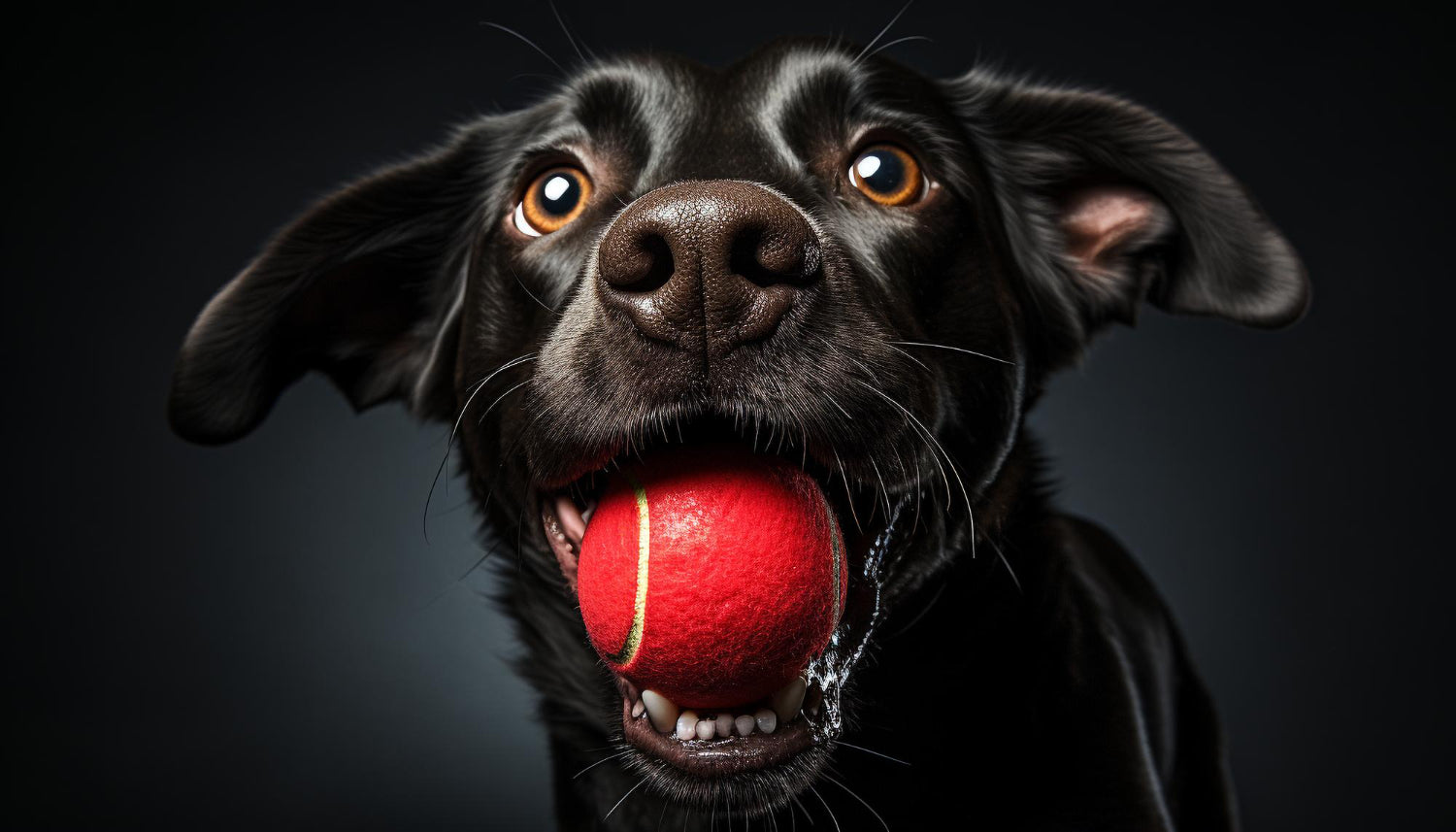Cracking the Code of Dog Body Language
Forget barking commands, our furry friends have a whole other way of talking – body language! From excited tail wags to cautious postures, understanding these silent signals is the key to building a strong bond and ensuring their well-being. Ready to become a canine whisperer? Let's dive into the fascinating world of deciphering dog body language!
Tail Talk: Decoding the Wag
Think of a tail as a canine flag, waving various emotions. A high wag usually signals happiness and excitement, while a tucked tail indicates fear or submission. But wait, there's more! A slow wag near the base whispers uncertainty, while a rapid, side-to-side wag screams playful anticipation.
Eyes & Ears: Windows to the Soul
Soft, relaxed eyes speak of calmness and friendliness, while averted gazes might hint at shyness or discomfort. Direct stares, especially with wide pupils, can signal dominance or even aggression. Keep an ear out for ear positions too! Perked ears show alertness and interest, while flattened ears mean fear or submission.
Posture Power: Standing Tall or Low?
A relaxed, loose pose with a lowered head and soft body whispers contentment. On the flip side, a stiff, upright stance with a raised head and raised hackles screams alertness or potential aggression. Watch how your dog carries their weight; leaning in shows engagement, while leaning away indicates unease.
Subtle Signals
Dogs have a whole vocabulary beyond these key elements:- Yawning: Can mean stress, trying to calm down, or even boredom.
- Licking Lips: Often a sign of nervousness or anticipation.
- Smiling: Not always friendly! A tight smile with bared teeth can signal aggression.
- Sniffing: Their way of saying "hello" and gathering information.
- Growling: Not always a threat; can also be a warning or a playful rumble.
The Doggo Dictionary
To help you translate your dog's messages, remember:- Every dog is unique: Consider past experiences, breed traits, and overall temperament to understand their true message.
- Context is king: A wag in one situation might mean something different in another.
- Be patient and empathetic: Observe them calmly and respond accordingly to build a trusting and joyful relationship.
So, the next time your dog wags their tail or averts their gaze, you'll be equipped to crack their code and respond meaningfully. Happy decoding, and remember, a strong bond starts with understanding their unspoken language!

